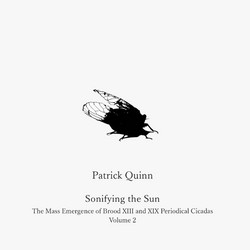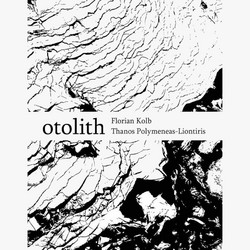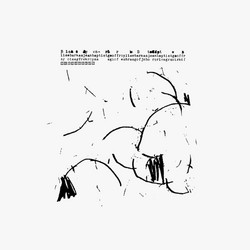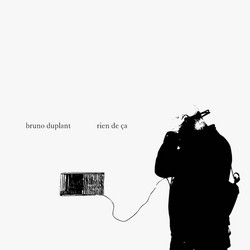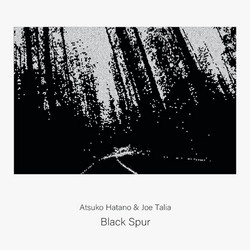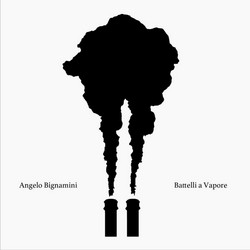With Diastrophism Dance, Kaori Komura and Yutaka Hirose channel the planet’s restless architecture into a work of rare physicality and restraint. The title references tectonic deformation—the gradual warping, folding, and cracking of the Earth’s crust—and the album translates that unseen choreography into vibration, resonance, and tone. This is not a metaphorical gesture; it is a sonic reconstruction of pressure, release, and time. Both artists approach the theme with distinctive yet converging sensibilities. Komura, known for her sculptural performances and electroacoustic sensitivity, introduces textures that seem excavated from below the audible surface: mineral drones, percussive tremors, and layers of open air. Hirose, a pioneer of ambient architecture whose work traces back to Japan’s environmental sound movement of the 1980s, provides counterbalance through compositional precision and timbral clarity. Their collaboration feels organic, instinctive—as if recorded at the intersection of reflection and seismic motion.
The record operates almost entirely beneath conventional rhythm, guided instead by cycles of emergence and erosion. Sounds rumble upward, grow distorted, and dissolve into new strata. At moments, microscopic details—grains of sand, scraping metal, a bow against stone—expand to fill the stereo field. Elsewhere, slow harmonic waves mimic shifting terrain, their motion geological rather than musical. The structure’s pacing is deliberate, echoing the ceaseless slowness of earth processes. Diastrophism Dance unfolds as a series of evolving sound sculptures rather than tracks in the traditional sense. Each section feels like a landscape being formed, cracked, and re-formed in real time. The duo employ spatial acoustics with precision, capturing sonic events not as performance but as emergence. Field recordings—wind through rock crevices, soil compression, the internal groan of matter—become musical elements seamlessly woven into synthetic texture. The album’s compositional method embodies its theme: balance between motion and stillness. Komura introduces instability, inviting fractures into the sonic surface; Hirose responds with harmonic grounding, stabilizing the dynamic field without neutralizing its volatility. Listening becomes tactile, a form of geologic empathy. Released via Zappak, the work expands on the label’s ongoing engagement with material sound and environmental abstraction. Rather than offering “soundscapes” of nature, Diastrophism Dance proposes an audible geology—an idea of sound not merely about the Earth but of it. The focus is not on representation but resonance, on what happens when pressure turns inward and becomes tone.
From its opening moments, the album draws the listener into an invisible realm of motion: crackling frequencies suggestive of rocks under tension, low frequencies evoking torque and faultline drift. As the record progresses, these minute sonic shifts build into immense, slow-moving structures whose power feels disarmingly human—fragile, deliberate, and inevitable. By its close, Diastrophism Dance has created a sound language that feels primitive and futuristic all at once. Komura and Hirose move beyond imitation toward parallel creation, composing not from above but from within the planet’s pulse. This is deep time rendered audible—a dance where motion is pressure, and pressure itself becomes song.
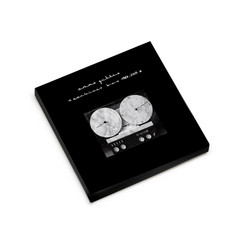
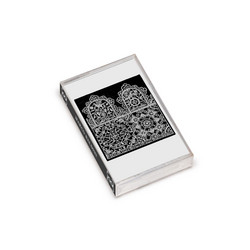
![Eyry]](https://cdn.soundohm.com/data/products/2025-11/anne-gillis-art-into-life-jpg.jpg.250.jpg)
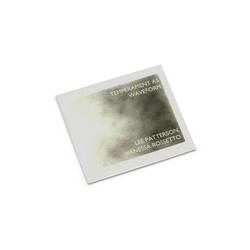
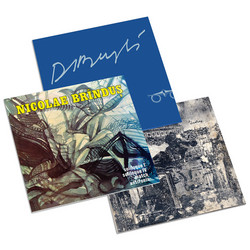
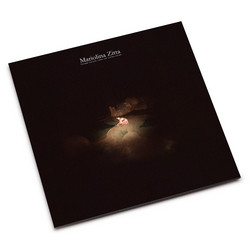

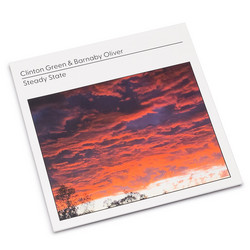
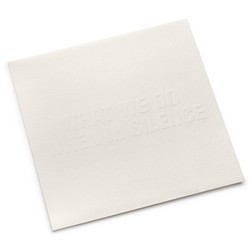
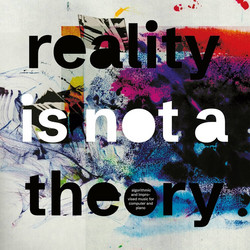
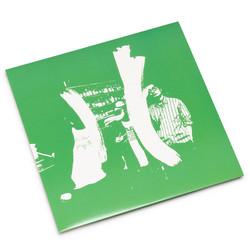
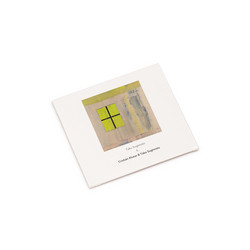
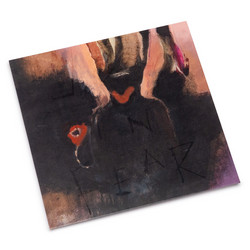
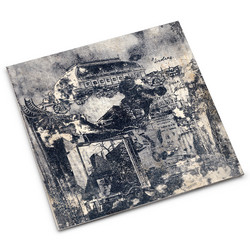
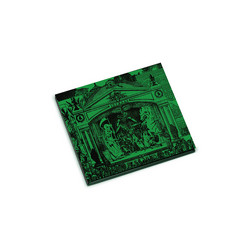
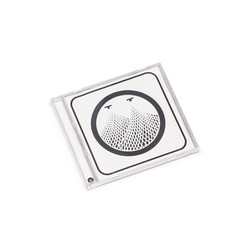
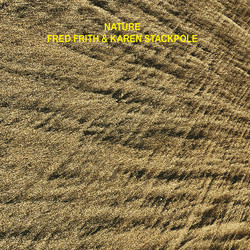
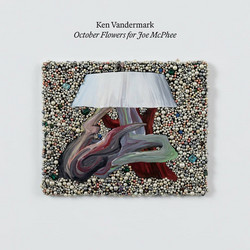
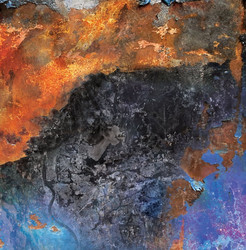
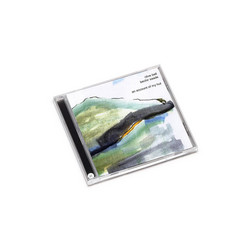

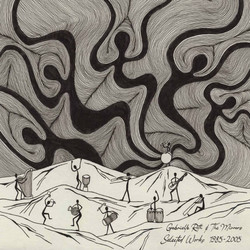
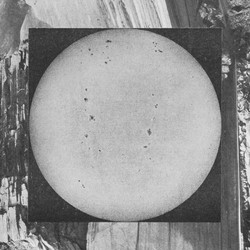
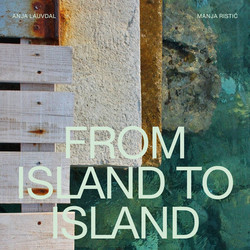
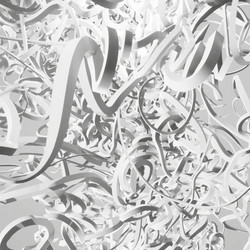
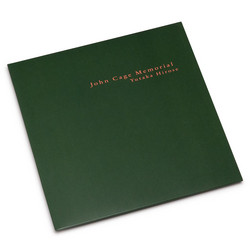
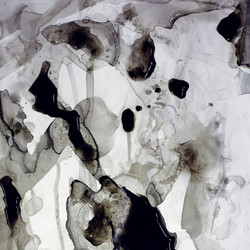
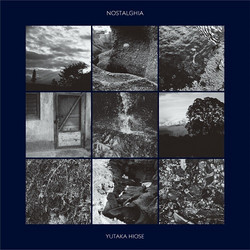
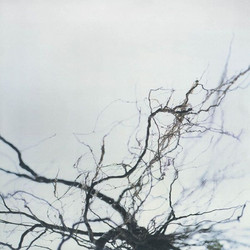
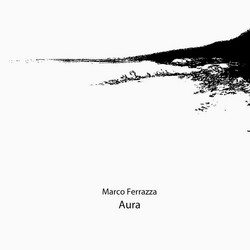
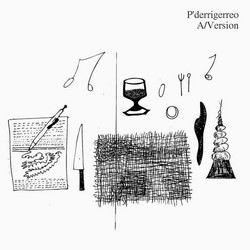
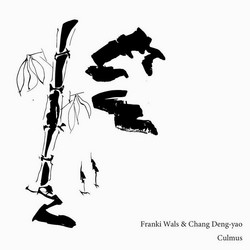
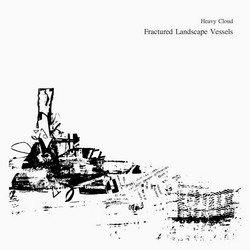
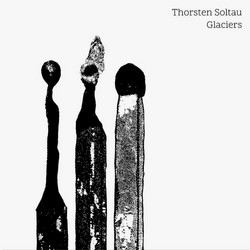
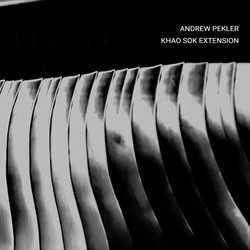

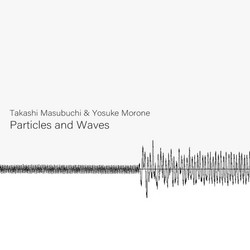
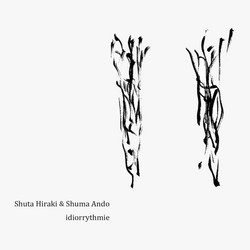
![(Kiku (sense) the [drawing + sound]) 描奏をきく](https://cdn.soundohm.com/data/products/2025-10/Kiku-sense-jpg.jpg.250.jpg)
